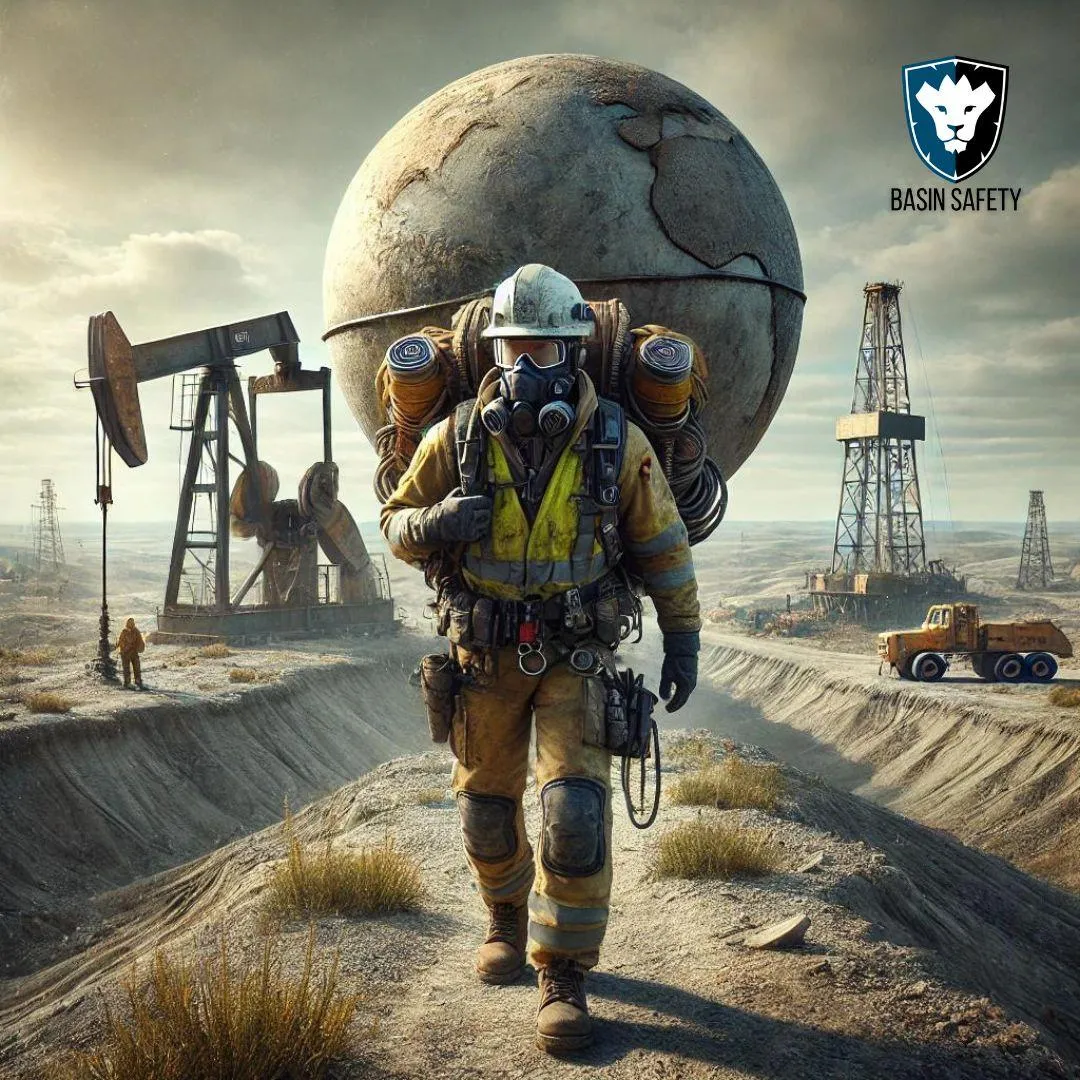
The Future of Oil Field Safety in 2025: How Basin Safety Leads with Innovation & Compliance
The Future of Oil Field Safety in 2025: How Basin Safety Leads with Innovation & Compliance
A New Era of Oil Field Safety
The oil and gas industry has always been high-risk, but 2025 brings unprecedented advancements in safety technology and regulatory requirements. Basin Safety continues to lead the charge, integrating AI, IoT, and real-time monitoring to protect workers like never before.
With stricter OSHA enforcement, rising legal liabilities, and the growing demand for predictive safety analytics, companies that fail to adapt will face catastrophic fines, lawsuits, and operational shutdowns.
This blog explores how Basin Safety’s 2025 safety protocols are setting new industry standards—and why your company must implement them now.
1. AI & Predictive Analytics: Preventing Disasters Before They Happen
How AI is Revolutionizing Hazard Detection
In 2025, AI-powered risk assessment tools analyze historical incident data, weather patterns, and equipment conditions to predict potential accidents.
Machine learning algorithms identify trends in near-misses, allowing for preemptive corrections.
Drones with thermal imaging scan remote sites for gas leaks or structural weaknesses before workers enter.
Automated safety alerts notify supervisors of anomalies in real time.
Case Study:
A major drilling company reduced fall-related incidents by 47% after implementing AI-driven wearable motion sensors that detect fatigue and unstable footing.
2. Wearable Tech & Real-Time Monitoring: Saving Lives Instantly
Next-Gen PPE for Lone Workers
Lone workers in 2025 rely on smart helmets, gas-detecting wearables, and panic-button-equipped vests that transmit live data to command centers.
Biometric sensors track heart rate, body temperature, and oxygen levels.
Fall detection systems automatically trigger emergency responses.
GPS-enabled devices ensure rapid rescue in remote locations.
Why This Matters:
A worker collapses from H2S exposure—within seconds, an alert goes out, and a drone-delivered respirator arrives before the rescue team.
3. OSHA 2025 Compliance: Stricter Rules, Heavier Penalties
What’s New in Oil Field Safety Regulations?
Mandatory AI-driven safety audits (OSHA’s new "Predictive Compliance" initiative).
Higher fines for lone worker violations (up to $250,000 per incident).
Required mental health check-ins for isolated workers.
Basin Safety’s Compliance Solution:
We provide automated compliance tracking, digital record-keeping, and AI-powered training modules to keep your company audit-ready.
4. The Human Factor: Mental Health & Fatigue Monitoring
Preventing Accidents Before They Happen
Isolation and long shifts lead to cognitive fatigue, a major cause of oil field accidents. Basin Safety’s 2025 protocols include:
AI-powered fatigue detection (via wearable tech).
Mandatory virtual check-ins for lone workers.
On-site mental health resources.
Stat:
Companies using real-time fatigue monitoring report 35% fewer human-error incidents.
5. Automated Emergency Response: Drones, Robots & Rescue AI
Faster Than Humanly Possible
Rescue drones deliver oxygen masks, defibrillators, and first aid in under 3 minutes.
AI-guided robots enter confined spaces too dangerous for humans.
Automated incident reports streamline OSHA compliance.
The Future is Now—Is Your Company Ready?
2025’s oil field safety standards demand proactive, tech-driven solutions. Basin Safety’s cutting-edge training, AI monitoring, and compliance programs ensure your workforce stays protected—and your business avoids crippling fines.
Why This Matters in 2025:
With stricter regulations and advanced safety tech, companies that act now will avoid tragedies, lawsuits, and operational shutdowns. Don’t wait—protect your lone workers today.
Don't wait for an accident to highlight your safety gaps. Contact us today or visit our website to strengthen your safety protocols and protect your team.
Contact Us:
(701) 572-8140
www.basinsafetyus.com
